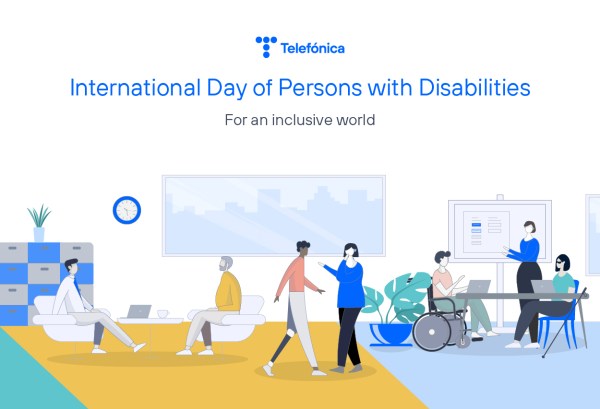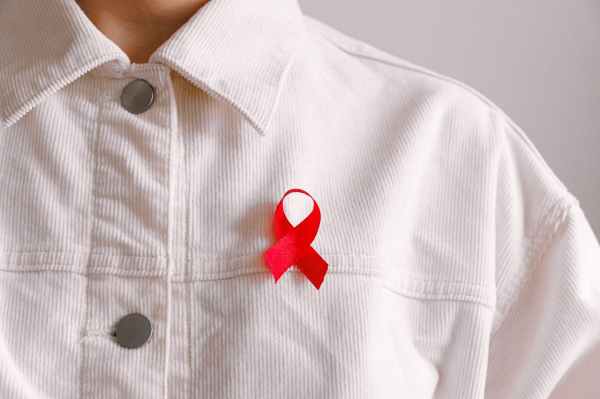Origin of Rare Disease Day
Rare Disease Day was born in 2008 at the proposal of EURORDIS, an acronym that refers to the European Organisation for Rare Diseases.
The origin of the day lies in raising the visibility of rare diseases, as well as in helping to coordinate those working for equity in social opportunities, health care or access to diagnosis or therapies for those living with a rare disease.
A particularity of this day, unlike others such as Breast Cancer Day or World ALS Day, is that it does not only refer to one specific disease, but to a wide variety of diseases with the common feature of a low incidence rate for each of them. Therefore, we can say that it is a ‘multi-disease’ day.
While the day is especially targeted at rare disease patients or their entourage, anyone can join in and participate in raising awareness to help a segment of the population that in some cases requires immediate attention.
Why is it celebrated on the last day of February?
The fact that this commemoration was born in 2008, a leap year, is no coincidence.
The first celebration of this day therefore took place on 29 February, a day considered rare as it occurs only once every four years.
Due to this particularity of the calendar, the date set for this day is the last day of the month of February, thus being commemorated one year on 29 February and the following three years on the 28th of the same month.
Rare Disease Day 2025
The 2025 edition of Rare Disease Day focuses on four major challenges:
- Social approach. In addition to diagnosis, research and treatment, as we will see later, patients must be involved in the decisions that affect them.
- Diagnosis. Implement measures to guarantee both access to diagnostic tests and to the care required.
- Research. In addition to promoting research, the sharing and dissemination of the knowledge that may have been acquired should be encouraged so that it is available to the research community as a whole.
- Treatment. Guarantee equal access to medicines, if they exist.
What is considered a rare disease
We are talking about Rare Disease Day, but what characteristics does a condition have to meet to be considered a rare disease?
As the name suggests, rare diseases are a series of illnesses that affect a small number of people and are therefore very little known. Although there is no common definition in all countries, in Europe it is considered a rare disease when its incidence is less than 5 cases per 10,000 inhabitants.
In addition to the lack of research, according to data from the Spanish Federation for Rare Diseases (FEDER), it takes, on average, more than six years for a diagnosis to be made.
There are even 20% of cases in which the delay before a proper diagnosis is reached exceeds a decade. This waiting time also means, in 17.9% of cases, having received inadequate treatment.
Generally speaking, rare diseases appear at an early age and have the following particularities: they are genetic, serious, disabling and, in many cases, without medication.
How many rare diseases exist
There are an estimated 7,000 rare diseases, a figure that is difficult to break down by type of pathology since the same condition can cause different side effects in different patients.
Eric Tello: what life is like with progressive bone heteroplasia
Eric Tello’s story is that of a teenager who suffers from an ultra-rare disease, which in fact affects only four people in the whole of Spain and around 60 people worldwide.
Progressive bone heteroplasia is a genetic disorder of the bones that causes extra skeletal bone to form progressively. Beyond medical terms, Eric himself defines it in his own words: ‘A disease that causes bone to grow under the skin and stiffness in the muscles of different parts of the body’.
Basketball in solidarity: almost 45,000 euros for rare diseases
On the other hand, the 12th round of the Endesa League hosted the ‘Movistar Solidarity Matches’ initiative, which raised almost 45,000 euros for FEDER.
In addition to the fans, the 18 acb league clubs, the Movistar Estudiantes men’s and women’s teams, the Unicaja and Valencia Basket women’s teams and the Movistar KOI eSports team took part in the initiative.









